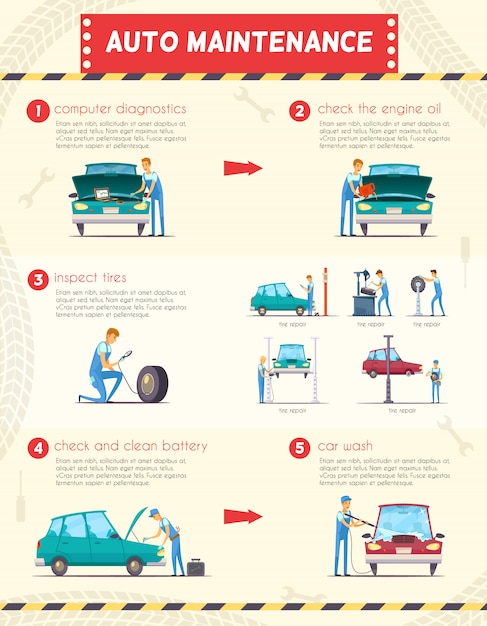When you lag the wheel, those radiant warning lights on your dashboard can be a bit puzzling. Do you recognize what they're attempting to inform you concerning your automobile's health and wellness? Recognizing the relevance of these lights is important for your security and the long life of your car. So, car ceramic coating nz following time one of those lights appears, would not you want to analyze its message properly and take the necessary actions to resolve it?
Common Caution Lighting and Interpretations
Determine typical warning lights in your automobile and understand their significances to make sure safe driving.
One of the most regular warning lights include the check engine light, which signifies problems with the engine or emissions system. If this light begins, it's vital to have your automobile checked promptly.
The oil stress cautioning light suggests low oil stress, requiring immediate attention to avoid engine damage.
full detail service blinking battery light could suggest a malfunctioning charging system, possibly leaving you stranded if not dealt with.
The tire stress tracking system (TPMS) light informs you to reduced tire pressure, impacting vehicle stability and fuel efficiency. Overlooking this could result in unsafe driving conditions.
The abdominal muscle light suggests an issue with the anti-lock stopping system, endangering your ability to quit rapidly in emergency situations.
Lastly, the coolant temperature warning light warns of engine overheating, which can cause extreme damage if not solved quickly.
Comprehending these common caution lights will help you deal with problems quickly and keep secure driving problems.
Significance of Prompt Interest
Recognizing the common caution lights in your automobile is only the first step; the value of promptly dealing with these warnings can not be emphasized sufficient to guarantee your safety and security when traveling.
When a caution light illuminates on your dashboard, it's your car's means of communicating a potential concern that requires attention. Overlooking these warnings can bring about extra serious issues later on, jeopardizing your safety and possibly costing you a lot more out of commission.
Motivate interest to cautioning lights can avoid failures and mishaps. For instance, a blinking check engine light can suggest a misfire that, if left ignored, might create damage to the catalytic converter. Addressing this immediately can conserve you from a costly repair service.
In a similar way, a brake system alerting light could signify low brake liquid or worn brake pads, critical elements for your security when driving.
Do It Yourself Troubleshooting Tips
If you observe a caution light on your control panel, there are a couple of do it yourself repairing tips you can attempt prior to seeking professional aid.
The very first step is to consult your vehicle's guidebook to comprehend what the details caution light suggests. Sometimes the concern can be as easy as a loose gas cap activating the check engine light. Tightening up the gas cap may settle the trouble.
An additional typical issue is a low battery, which can cause numerous advising lights. Inspecting the battery connections for corrosion and guaranteeing they're protected could deal with the trouble.
If a warning light lingers, you can try resetting it by detaching the automobile's battery for a couple of mins and after that reconnecting it. Additionally, examining your automobile's fluid degrees, such as oil, coolant, and brake liquid, can assist troubleshoot alerting lights related to these systems.
Verdict
Finally, understanding your auto's caution lights is essential for maintaining your vehicle running smoothly and securely. By immediately attending to these notifies and knowing what they mean, you can prevent costly repairs and prospective failures.
Keep in mind to consult your car's handbook for particular information on each warning light and do something about it appropriately to ensure a hassle-free driving experience.
Stay educated, remain risk-free when traveling!
